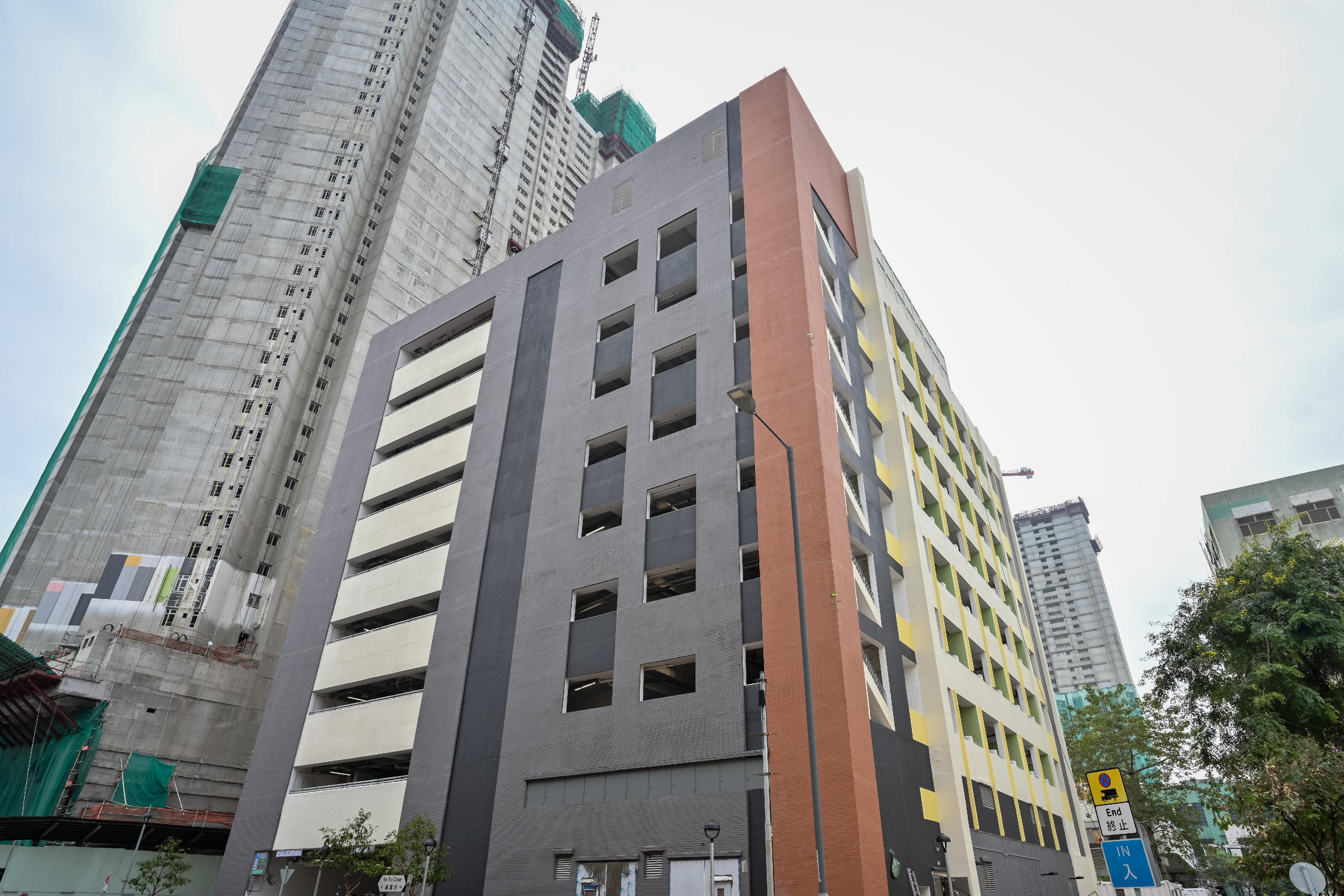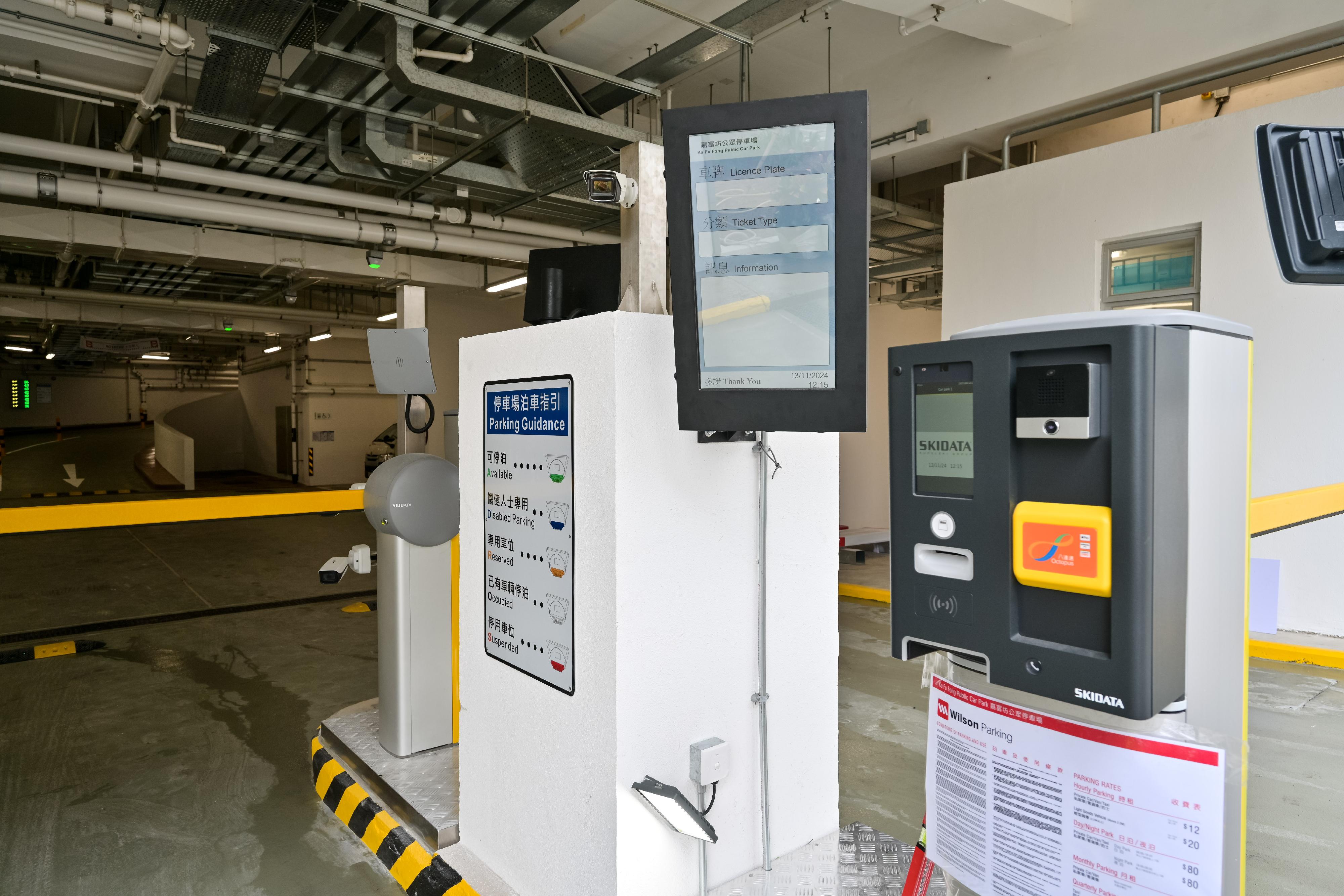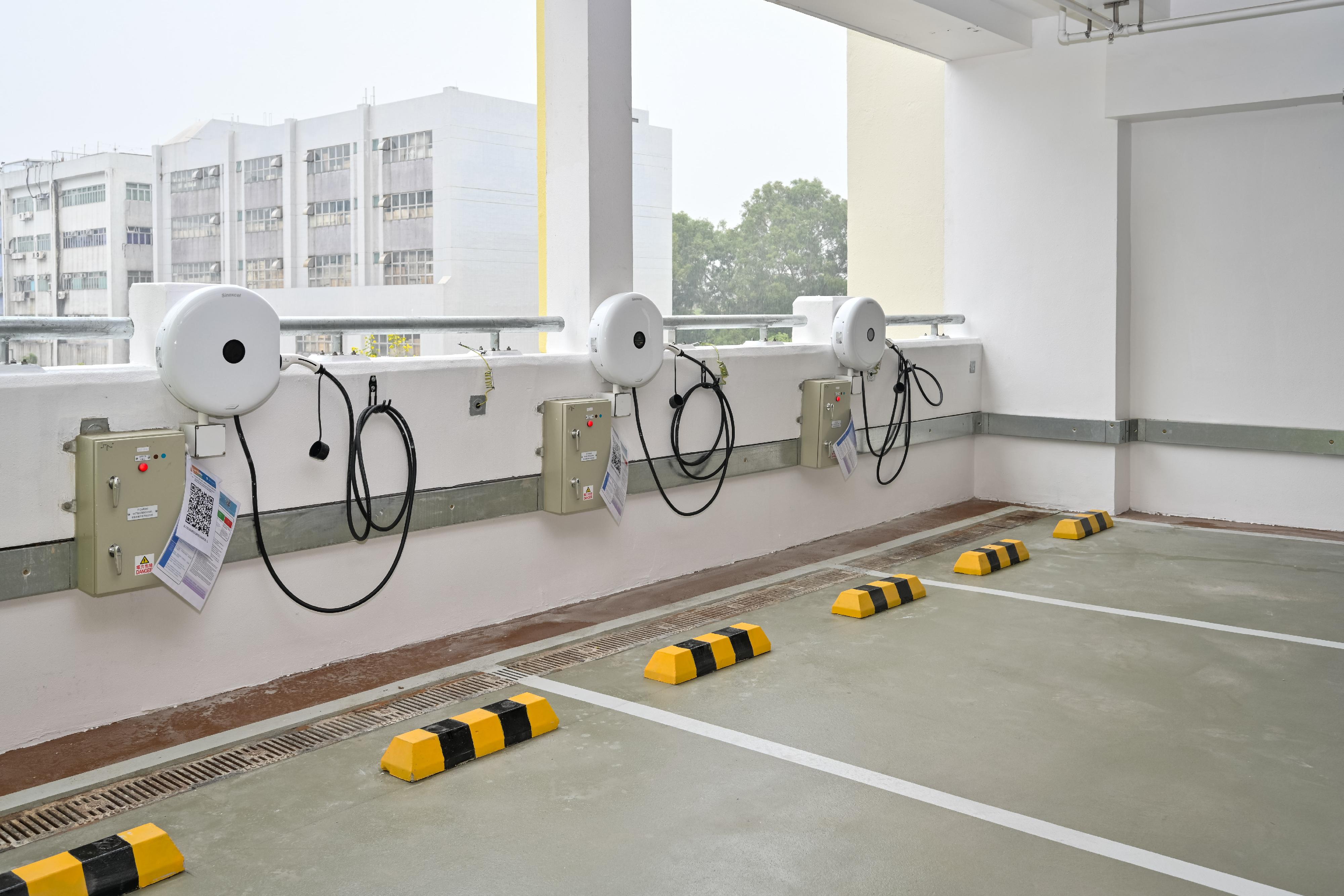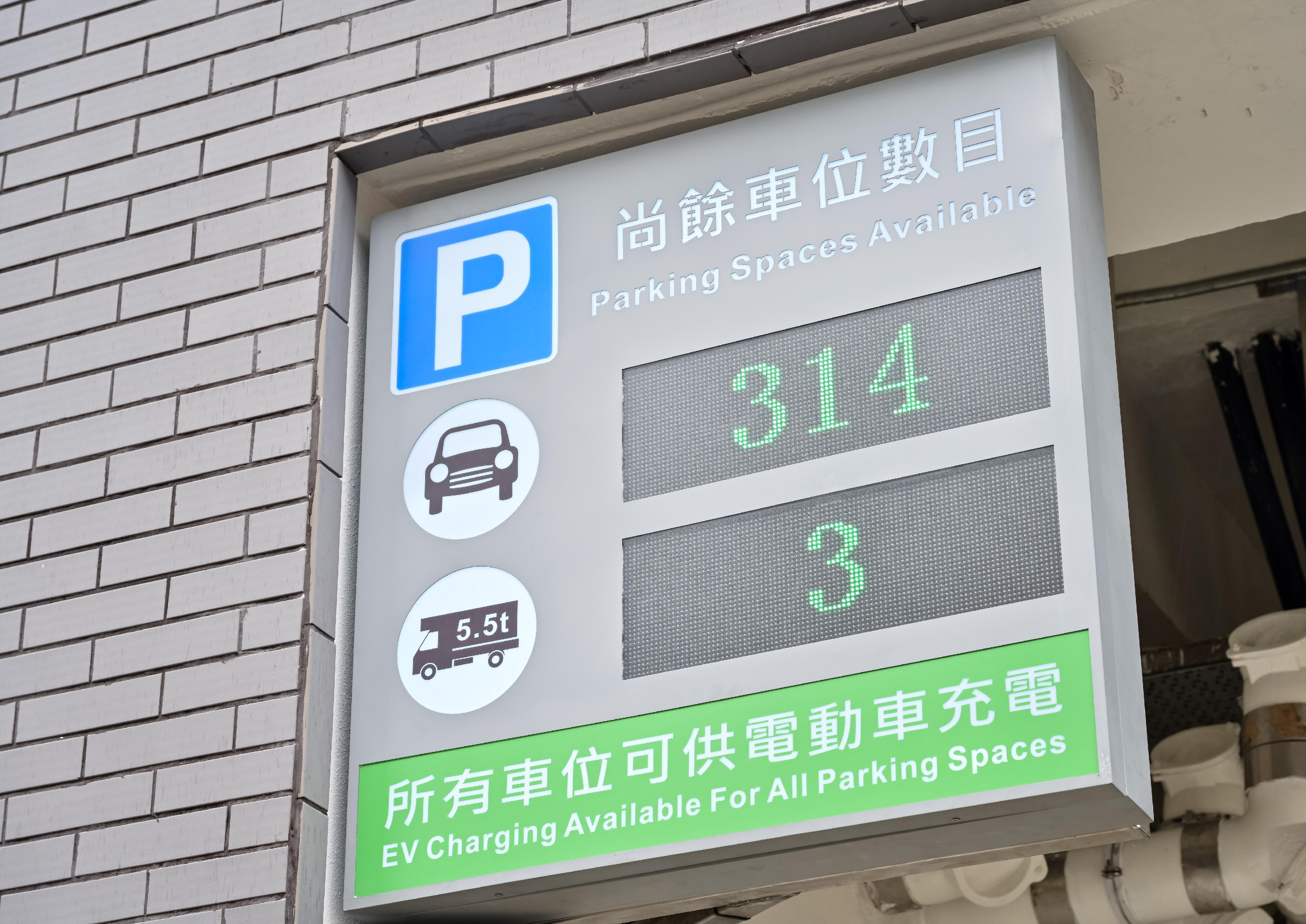Following is a question by the Hon Tony Tse and a written reply by the Secretary for Development, Ms Bernadette Linn, in the Legislative Council today (November 13):
Question:
It is learnt that several lift incidents in Hong Kong in recent years have been caused by power outage or voltage dip. If the lifts concerned have not been installed with voltage dip mitigation and/or auto restart systems, the impact on lift users will be extended substantially, and the workload of property management companies, rescuers and repairmen will also increase. In this connection, will the Government inform this Council:
(1) of the numbers relating to lift operation suspension cases caused by power outage and voltage dip respectively in the past three years, including the number of such cases, the number of instances involving the deployment of rescuers such as firemen, the time required for restarting lift operation after the resumption of normal power supply, etc.;
(2) of the number and proportion of lifts in Hong Kong installed with voltage dip mitigation and/or auto restart systems, as well as the costs and time generally required for installing such systems;
(3) of the latest situation of the Lift Modernisation Subsidy Scheme implemented by the Government in partnership with the Urban Renewal Authority, including the number of applications received and their vetting and approval, the number of applications for modernisation works in progress and completed, the amount of subsidies granted and the balance of the Scheme, etc.; and
(4) whether the scope of subsidies under the Lift Modernisation Subsidy Scheme currently covers the installation of voltage dip mitigation and/or auto restart systems of lifts; if not, whether the authorities will consider enhancing the Scheme to cover such systems?
Reply:
President,
The Government has all along been attaching great importance to lift safety. Through the Lifts and Escalators Ordinance (Cap. 618) (the Ordinance), the Government regulates the design, installation, maintenance, commissioning and examination of lifts. As the enforcement department of the Ordinance, the Electrical and Mechanical Services Department (EMSD) is responsible for implementing a series of safety-related regulatory measures, including type approval of lifts and their safety components, formulation of code of practice on the design and construction of lifts, and investigation into incidents so as to ensure the safe operation of the lifts. As part of these efforts, the Director of Electrical and Mechanical Services has issued the Code of Practice on the Design and Construction of Lifts and Escalators pursuant to the Ordinance, setting out the technical and safety requirements as laid down in the Ordinance for the design and construction of lifts and their associated devices or machineries, which includes the safety requirements related to power failure or voltage dip to ensure public safety.
The reply to the four parts of the question is as follows:
(1) A lift is an installation that assembles different electrical and mechanical systems. In the event of a power failure or voltage dip, the protective device of a lift will be activated automatically, halting the lift operation to ensure the safety of the lift passenger(s). According to the Ordinance, suspension of lift service due to a power failure or voltage dip does not fall into situations that require reporting to the EMSD. Therefore, the EMSD does not possess such data. Nevertheless, in the event of major incidents resulting in suspension of service of a number of lifts, the EMSD will liaise proactively with the registered lift contractors to understand the progress of their handling of the lift entrapment cases and where necessary, request them to deploy more manpower to deal with the incidents. For example, in the large-scale voltage dip incident that occurred on April 6, 2024, according to the Fire Services Department, a total of 144 lift entrapment cases were received within one hour after the occurrence of the voltage dip incident and based on the EMSD’s understanding, the relevant registered lift contractors handled about 140 lift entrapment cases and it took less than 23 minutes on average to handle the cases and resume normal lift service.
(2) At present, there are about 74 000 lifts in Hong Kong, of which about 23 000 lifts (i.e. 31 per cent) have already been equipped with the "voltage-dip mitigating device" (or called the "automatic restart system") (Note). The remaining about 51 000 (i.e. 69 per cent) relatively aged lifts do not have such provision. Nevertheless, all lifts can operate safely if they have proper periodic examinations and maintenance. The "voltage-dip mitigating device" is part of the electronic control system of a lift. In general, the electronic control system will be replaced when an aged lift is replaced or undergoes modernisation of larger scale. At the same time, the new system will be equipped the "voltage-dip mitigating device" and the required cost has been included in the cost of procuring the new system. If, however, the responsible person of the lift chooses to retain the lift and only retrofit it with "voltage-dip mitigating device", the works involved will include the replacement of the entire electronic control system or even the traction machine as well. The associated replacement cost will generally range from $500,000 to $800,000 and the time required for the works will depend on the technical specification and the site condition of the lift location.
(3) and (4) Since 2019, the Government has allocated a total of about $4.51 billion for implementing the Lift Modernisation Subsidy Scheme (LIMSS) which aims to subsidise eligible owners of private residential or composite buildings to carry out lift modernisation works (the scope of which covers the installation of the "voltage-dip mitigating device") to enhance the safety level of aged lifts. The Government has entrusted the administration of the LIMSS to the Urban Renewal Authority (URA).
Through the two rounds of application under the LIMSS, the URA received a total of about 1 900 valid applications involving 7 886 lifts in total. All eligible applications have been assessed according to a risk-based principle to determine their priority and whether subsidy will be granted.
As at end-September 2024, the URA issued a "Notice of Approval-in-Principle" to 5 250 eligible lifts. Among them, 913 lifts have their works completed and the remaining 4 337 lifts have commenced various stages of works. As the number of approved cases involving total lift replacement (rather than just modernising individual safety components) and the number of elderly owner-occupier applicants (who are qualified for a higher subsidy) are significantly higher than those originally estimated, the average subsidy per case is higher than our original budget. As a result, based on our latest estimate, the funding under the LIMSS can only subsidise not more than 5 250 aged lifts of higher risk level to carry out modernisation works. Once the costs of the works of the 5250 lifts and the total amount of subsidies are ascertained, we will review the financial situations of the LIMSS. If surplus funds are available, we will strive to subsidise more lifts to carry out modernisation works.
Note: According to the Code of Practice on the Design and Construction of Lifts and Escalators published by the EMSD, the correct name of this device is "Post-Voltage-Dip-Operation Means". This device will send the lift car to an appropriate landing for releasing passengers after a voltage dip. However, the lift can resume normal operation afterwards or not will depend on individual design and whether there are other lift faults.




